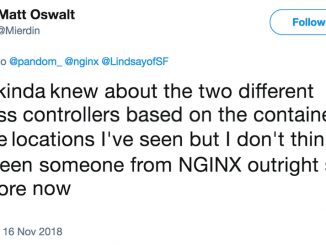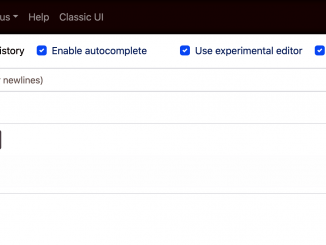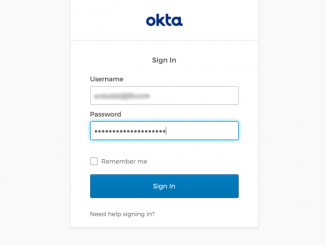
Defining a Modern App
Defining a Modern App Developers, architects, and DevOps engineers are no longer satisfied with the status quo when it comes to designing and building applications. We know this because we talk to them all the time. They’re tired of the challenges in porting applications from one cloud to another. They’ve experienced the intense pressure of spinning up additional compute infrastructure quickly to meet unexpected demand. They’ve struggled to put the right assets in place after suffering a major failure or outage. Basically, they are tired of the stress and hassles of legacy application architectures. What we’ve heard over and over again from customers and community members is that they want to build “modern apps.” The term is broad enough to mean different things to different people, so we asked our Dev and DevOps colleagues what a modern app means to [ more… ]



